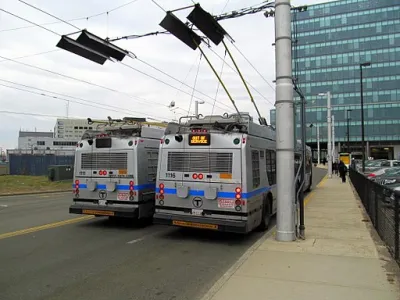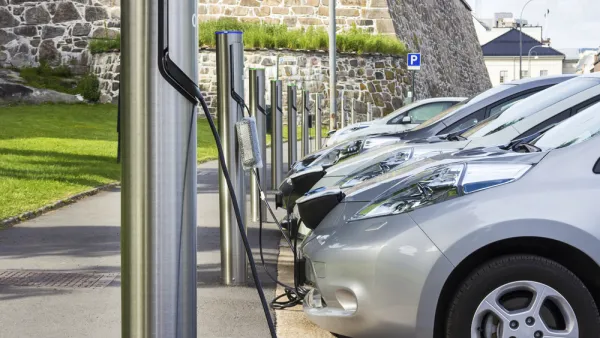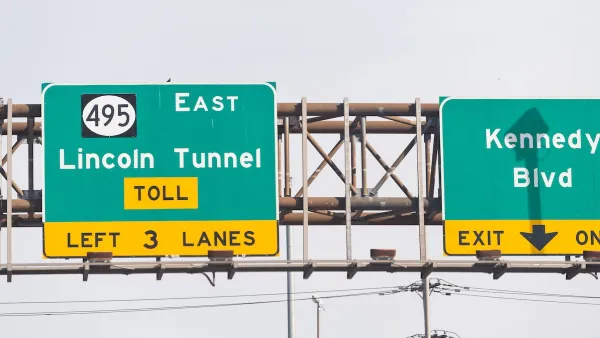The dream of high-quality, zero-emission transit in all large U.S. cities is possible.

Yonah Freemark writes for the Urban Institute about what it would take for the federal government to effectively invest in zero-emission transportation at the local level, as prioritized by the campaign platform of President-elect Joe Biden and written into the Moving Forward Act, dormant in Congress after clearing the U.S. House of Representatives in July of this year.
Freemark's examination of the question of what it would take to deliver high-quality public transit starts with the current realities of transit in the country, finding wide disparities by geographic area and social and demographic markers.
For many low-income people and people of color, transit offerings are often subpar and access is unfairly distributed: the amount of transit service typically provided is 37 percent less comprehensive in the quartile of urban areas with the highest poverty rates, compared with their wealthiest counterparts, adjusted for population. Transit access is roughly 24 percent worse in the quartile of urban areas with the most Black residents, compared with those with the fewest.
Turning attention then to how effective transit investments would be given disparities in transit quality, Freemark estimates the cost of increasing transit service quantity in all urban areas with 100,000 or more residents, using
Chicago, Dallas, Los Angeles, New York City, and Washington, D.C. as goal posts.
Improving transit quality in every urban area to, at minimum, conditions in the Dallas region would cost an additional $2.2 billion annually. This would be a 4.5 percent increase nationally in operating budgets but would expand per capita transit service by 30.3 percent for the average urban area. Improving minimum transit quality to Chicago’s level would cost $16.7 billion but would more than double average per capita transit service provided throughout the country.
After factoring in zero-emission electric vehicles, Freemark concludes that high quality transit in the United States is possible.
FULL STORY: What Would Providing Every City with High-Quality, Zero-Emissions Public Transportation Look Like?

Analysis: Cybertruck Fatality Rate Far Exceeds That of Ford Pinto
The Tesla Cybertruck was recalled seven times last year.

National Parks Layoffs Will Cause Communities to Lose Billions
Thousands of essential park workers were laid off this week, just before the busy spring break season.

Retro-silient?: America’s First “Eco-burb,” The Woodlands Turns 50
A master-planned community north of Houston offers lessons on green infrastructure and resilient design, but falls short of its founder’s lofty affordability and walkability goals.

Test News Post 1
This is a summary

Analysis: Cybertruck Fatality Rate Far Exceeds That of Ford Pinto
The Tesla Cybertruck was recalled seven times last year.

Test News Headline 46
Test for the image on the front page.
Urban Design for Planners 1: Software Tools
This six-course series explores essential urban design concepts using open source software and equips planners with the tools they need to participate fully in the urban design process.
Planning for Universal Design
Learn the tools for implementing Universal Design in planning regulations.
EMC Planning Group, Inc.
Planetizen
Planetizen
Mpact (formerly Rail~Volution)
Great Falls Development Authority, Inc.
HUDs Office of Policy Development and Research
NYU Wagner Graduate School of Public Service




























